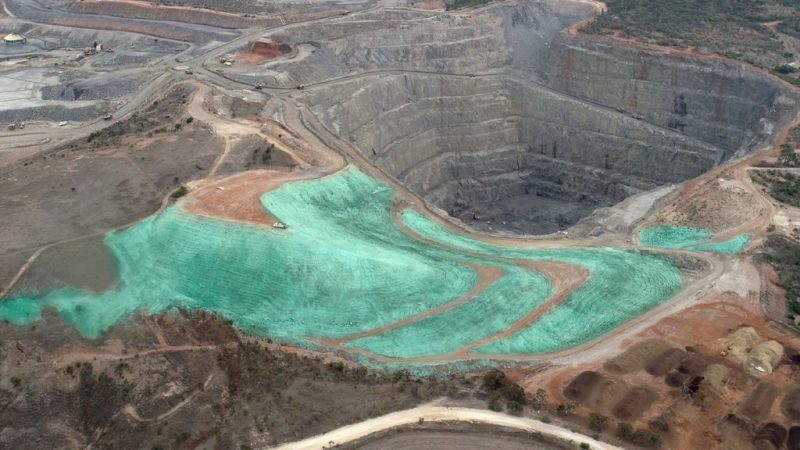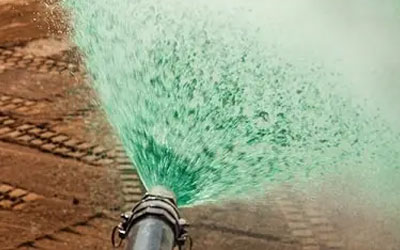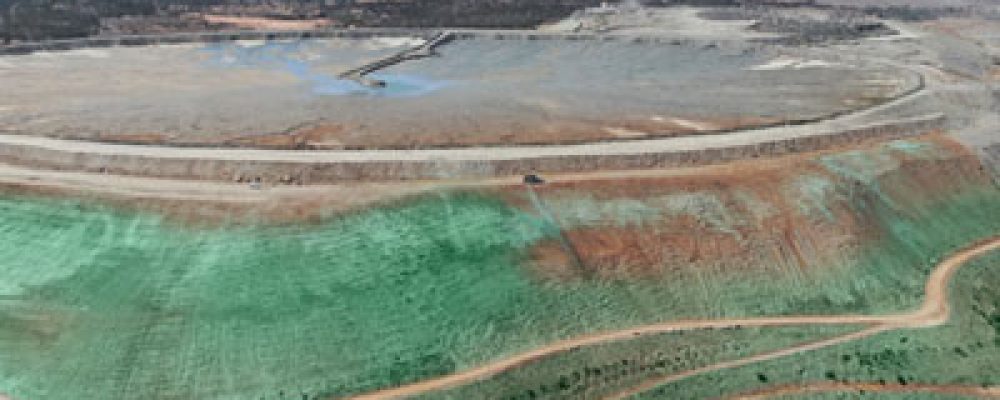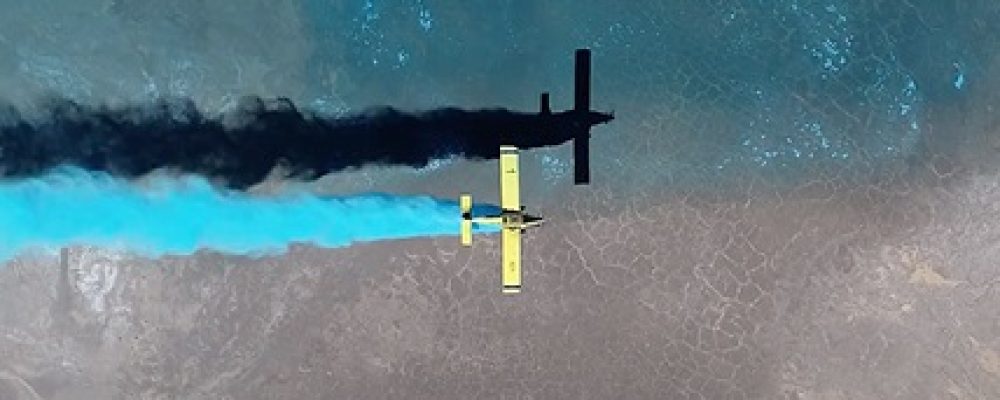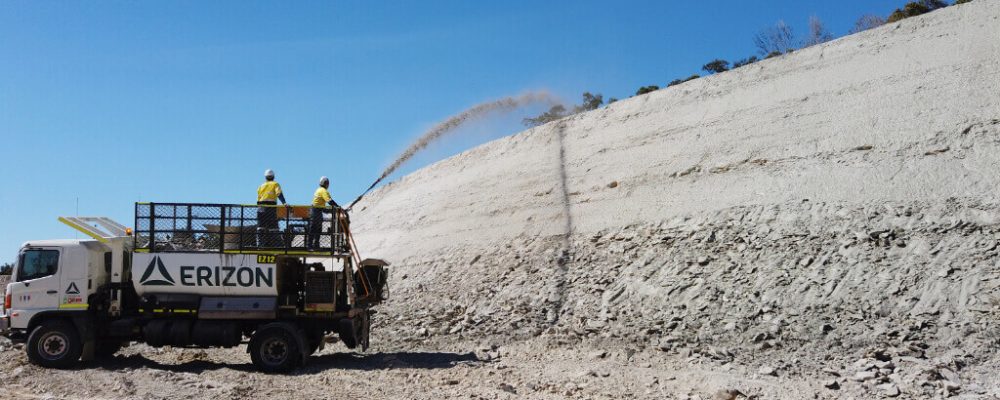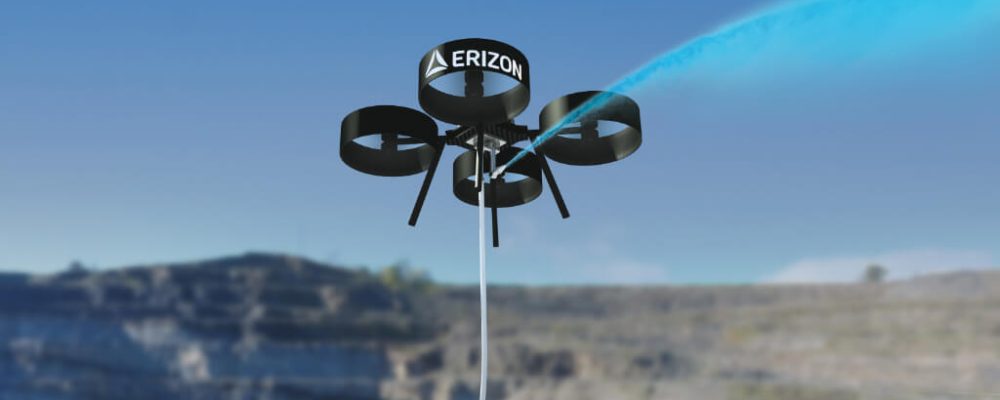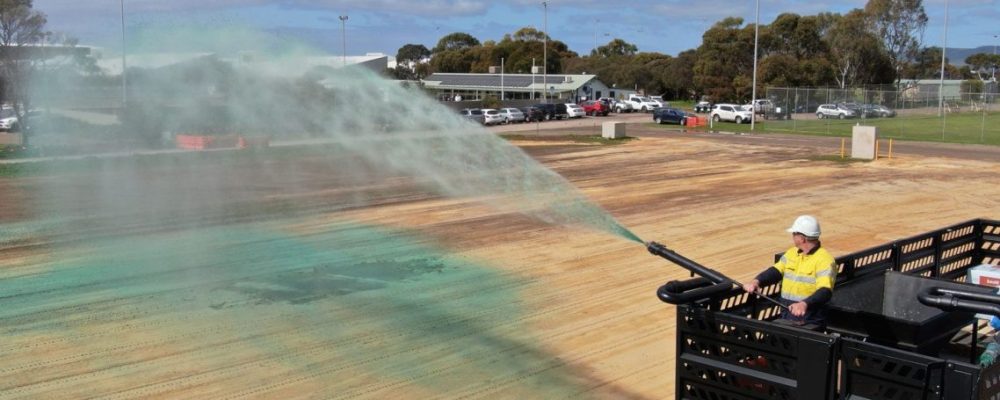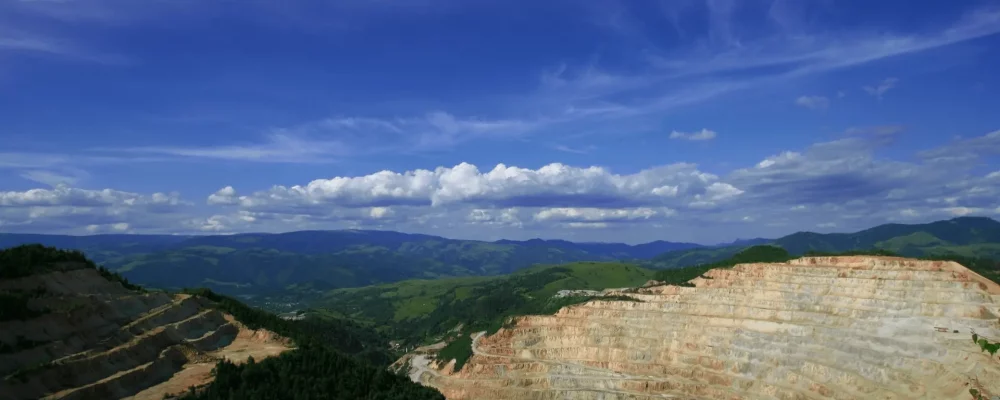Slope protection and stabilisation stand as critical components in the field of environmental management and construction, addressing issues of soil erosion and land degradation that can lead to significant ecological and structural challenges.
This comprehensive guide is designed to shed light on the complex dynamics of slope stability, the factors that can jeopardise this stability, and the array of innovative solutions available for managing and mitigating risks.
Understanding the Soil Water Characteristic Curve and Permeability
The Soil Water Characteristic Curve (SWCC) represents a crucial non-linear relationship between volumetric water content (or gravimetric water content) and suction in unsaturated soils. This curve is vital for understanding mechanical behaviour as it reflects the meniscus water in soils and its influence on solid particle interactions. The SWCC serves as a foundational property for predicting various mechanical attributes like shear strength and stiffness. Furthermore, when integrated with a mechanical model, the SWCC forms a comprehensive approach to describe the hydro-mechanical response of soils under changing hydraulic and mechanical conditions. Therefore, developing an accurate SWCC model is crucial for diverse geotechnical engineering applications involving unsaturated soil mechanics.
Theory of Water Infiltration in the Context of Slope Protection
The theory of water infiltration is essential in understanding the dynamics of slope protection. Water infiltration refers to the process by which water on the surface enters the soil. It plays a significant role in slope stability as it affects the moisture content within the slope, potentially leading to changes in shear strength and, consequently, the slope’s stability. The infiltration rate can be influenced by various factors including soil texture, structure, compaction and the presence of vegetation.
Infiltration models, such as those developed by Green and Ampt in 1911, provide a mathematical framework to predict the rate at which water enters the soil. These models take into account the hydraulic conductivity of the soil, the gradient of the hydraulic head and the initial moisture content, among other factors. Specifically, in the context of slope protection, understanding and predicting water infiltration rates is crucial for designing effective drainage systems and implementing soil conservation measures that can mitigate the risk of slope failure.
The Important Need to Protect Slopes for Stabilisation
From a safety standpoint, the stability of slopes is especially critical in areas where human populations are dense and the risk of slope failure is heightened. Implementing effective stabilisation measures drastically reduces the risk of injuries or fatalities, thereby significantly enhancing the safety and well-being of individuals and communities residing in such areas.
Also, it can help maintain the integrity of industrial and infrastructural developments and prevent economic losses associated with slope failures. Furthermore, proper slope protection can also have ecological benefits by preserving the natural habitat and preventing soil erosion that can lead to pollution of water bodies.
Factors That Affect Slope Stability
Understanding slope stability is essential for effective land management, construction and environmental conservation. The stability of a slope is influenced by a variety of factors that can either individually or collectively impact its integrity.
These factors can be broadly categorised into:
Geological Factors
Geological factors are inherent to the composition and structure of the earth where the slope is situated. They include the type of soil and rock present, the stratification and orientation of geological layers and existing faults or fractures within the earth. The mineral composition and weathering state of these materials can significantly affect their strength and cohesion, influencing the slope’s stability. Additionally, the geological history of the area, including past seismic activities and landslides, can provide valuable insights into potential slope failure.
Hydrological Factors
Water is a primary agent affecting slope stability. Hydrological factors include the presence and movement of water within the slope, stemming from rainfall, snowmelt or underground water sources. These elements significantly impact the slope’s condition by altering soil moisture levels, which can reduce soil cohesion and increase weight due to water saturation. Water flow can also lead to erosion of the slope face or increased pore water pressure within the slope, both of which can precipitate slope failure.
Anthropogenic Factors
Human activities, known as anthropogenic factors, have the potential to impact the stability of a slope. It is crucial to advocate for responsible land use practices in regions prone to slope instability to reduce the risk of slope failure.
Types of Slope Protection Systems
Slope protection systems are essential for preventing erosion, landslides and other forms of slope failure that can pose risks to infrastructure and safety. These systems are designed to stabilise slopes, safeguarding the environment and human development against potential damages.
There are two main categories of slope protection methods: engineering solutions and bioengineering solutions. Each category employs different techniques and materials, often used in combination for optimal effectiveness.
Engineering Solutions
Engineering solutions involve the use of manufactured structures and techniques to reinforce and stabilise slopes. These solutions are often employed in areas where the risk of slope failure is high and where immediate and robust stabilisation is necessary.
- Retaining walls: Retaining walls are rigid walls constructed to support soil laterally so it can be retained at different levels on the two sides. They are widely used to prevent soil erosion and manage earth pressures in steep areas.
- Soil nails and rock bolts: Soil nailing is a technique used to reinforce and stabilise existing slopes. It involves inserting steel bars (nails) into the slope to enhance its stability. Rock bolts are similar but are used to stabilise rock faces and cliffs by anchoring them more securely to their surroundings.
- Slope terracing: Terracing involves shaping the land to create stepped levels that reduce slope steepness and runoff velocity. This method not only helps in reducing soil erosion but also can be used for agricultural purposes in hilly areas.
Bioengineering Solutions
Bioengineering solutions combine engineering techniques with biological processes to achieve slope stabilisation. These methods are environmentally friendly and often enhance the aesthetic appeal of the area while providing long-term stability.
- Vegetative cover: Establishing vegetation cover is a natural and effective way to protect slopes from erosion. The roots of plants help bind the soil together, while the canopy reduces the impact of raindrops on the soil surface, minimising erosion.
- Root reinforcement: This technique involves using plants with deep and extensive root systems to reinforce soil strength and cohesion. Trees, shrubs and certain grasses can be strategically planted to enhance slope stability.
- Slope erosion control: Various bioengineering practices such as the use of erosion control mats, blankets and hydroseeding are employed to prevent surface erosion. These methods promote vegetation growth and soil retention, contributing to the overall stability of the slope.
Importance of Slope Protection and Stabilisation in Australian Industries
Slope protection and stabilisation are crucial elements across several key industries in Australia, notably mining and resources, civil and infrastructure and rail. These practices not only safeguard operations and investments but also ensure the safety of workers and the public. The significance of these measures in each sector can be seen through their impact on business operations, investor confidence and asset ownership.
Mining and Resources
The mining and resources sector is inherently linked with activities that significantly alter the natural landscape, including the excavation of open pits and the construction of waste dump areas. Given the nature of these operations, slope stability is a paramount concern. The consequences of slope failure in mining operations can be severe, leading to operational shutdowns, financial losses and, most critically, endangering human lives. A focus on slope stabilisation can enhance operational safety, reduce downtime and ensure compliance with environmental and safety regulations, thereby supporting the sector’s sustainability and profitability.
Civil and Infrastructure
In the civil and infrastructure domain, projects often involve extensive earthworks, including cuts and fills, which can destabilise slopes if not properly managed. The implications of slope instability in this sector include potential damage to critical infrastructure, such as roads, bridges, and buildings, leading to costly repairs and posing safety risks. Moreover, slope failures can result in significant project delays and increased costs, impacting the overall viability of infrastructure projects. Implementing slope protection and stabilisation techniques early in the project planning and design phases can prevent such outcomes, ensuring project timelines and budgets are maintained and safeguarding public safety. This proactive approach supports the long-term durability and reliability of infrastructure assets, which is vital for economic growth and community well-being.
Rail
The rail industry relies heavily on the stability of slopes along railway lines, particularly in mountainous or hilly terrains where tracks often run adjacent to steep inclines. Slope failures can disrupt rail services, leading to delays, derailments or even catastrophic accidents. Therefore, maintaining slope stability is critical for ensuring the safety of rail passengers and freight, as well as for minimising service interruptions. Effective slope stabilisation measures can mitigate the risk of slope failure, enhancing the reliability of rail services and protecting the substantial investments involved in rail infrastructure development and maintenance. In this context, slope stability directly influences the operational efficiency of the rail network and the confidence of those who depend on its services.
We Offer Products to Safeguard Different Slopes in Your Business Area
Erizon understands that effective slope protection and stabilization are not one-size-fits-all solutions. Different slopes face various challenges, including diverse soil types, levels of erosion, exposure to the elements, and the specific needs of the areas they encompass.
To meet these varied requirements, we offer a comprehensive range of high-quality products designed for slope protection.
HydroBond®
For effective, immediate dust control and long-term revegetation goals, turn to HydroBond. This innovative solution, made from a unique polymer-based material with exclusive additives, securely binds to surfaces, trapping dust while allowing air and water flow. Tested rigorously by experienced soil scientists in Australia, this environmentally friendly solution can be diluted at varying rates to suit different site conditions and durability needs. Treated soils develop a structured matrix that improves water retention, reduces nutrient leaching and accelerates seed germination. Combine HydroBond with Hydromulch for enhanced water retention and temperature stabilisation.
EcoArmour®
EcoArmour represents an innovative hydraulically applied synthetic erosion control blanket. Once applied, this solution swiftly bonds to the substrate, delivering top-tier erosion control capabilities within hours. It excels in stabilising a wide range of surfaces, showcasing resilience against Australia’s harsh climate – from dry arid conditions to intense wind and rain. Compared to traditional geo-fabric erosion control blankets, EcoArmour outshines with superior effectiveness, ease of application, cost-efficiency and an impressive functional lifespan of over 20 years.
EnviroLoc®
EnviroLoc Hydromulching BFM excels in harsh environmental conditions, holding water up to 20 times its weight. Our scientifically engineered flexible fiber matrix effectively controls erosion, boosts plant growth, and enhances revegetation project stability. Compared to conventional methods, EnviroLoc offers superior longevity and versatility, suitable for flat terrain, slopes, verges, and steep batters.
FibreLoc®
FibreLoc stands is an exceptional dust suppression product, meticulously crafted for the toughest conditions where traditional polymer solutions fall short. Tailored for exposed surfaces with high salinity like tailing storage facilities (TSFs), FibreLoc surpasses polymer-only remedies by leveraging a blend of natural wood fibres and sustainable binders. This unique formula forms a resilient blanket, perfect for uneven terrain prone to shifts. Upon application, FibreLoc offers lasting effectiveness for up to 24 months, subject to varying environmental factors.
Invest in Long-Term Solutions for Slope Protection
Safeguarding your slopes is more than just an operational necessity; it’s an investment in the longevity and resilience of your business. At Erizon, we understand the intricacies and challenges of slope protection across various industries, providing tailored solutions that blend innovation with nature.
Our cutting-edge products are designed to offer robust protection, ensuring your slopes remain stable and secure for the long term. With our expertise and commitment to sustainability, you can rest assured that your investment in slope protection will yield lasting benefits for years to come.
Learn more about soil stabilisation solutions with Erizon.
